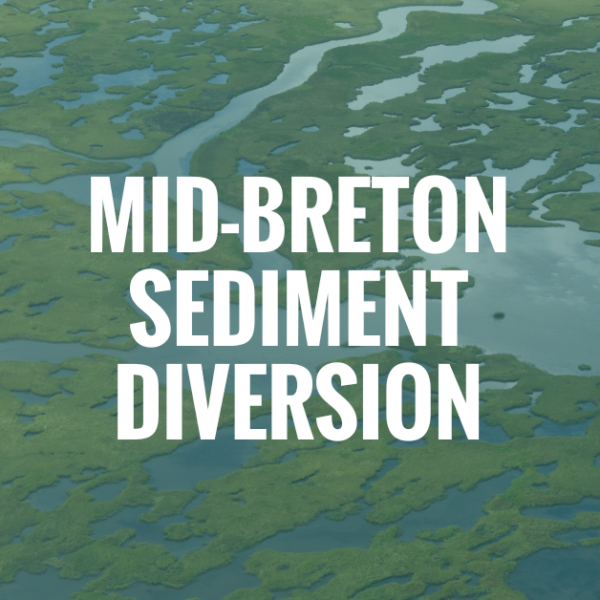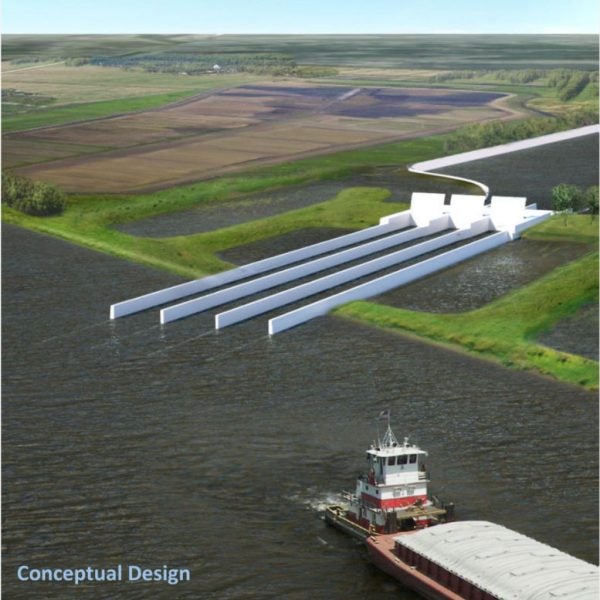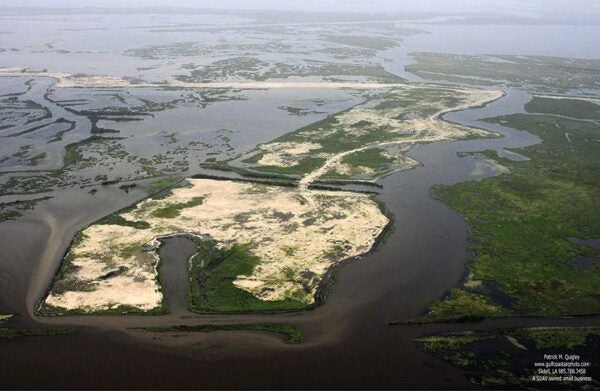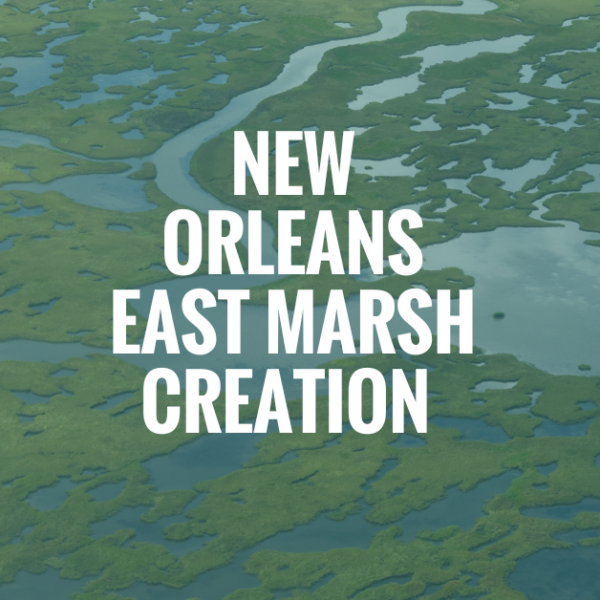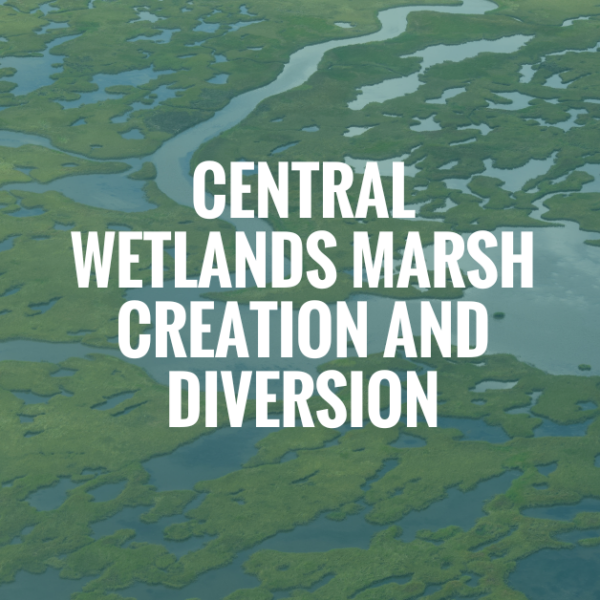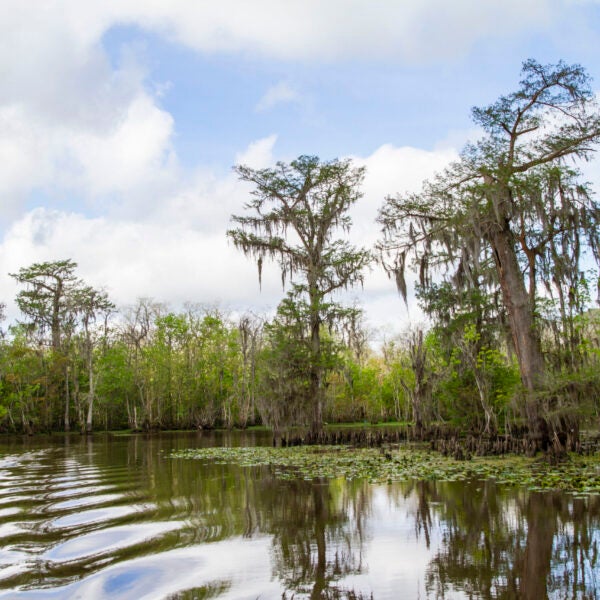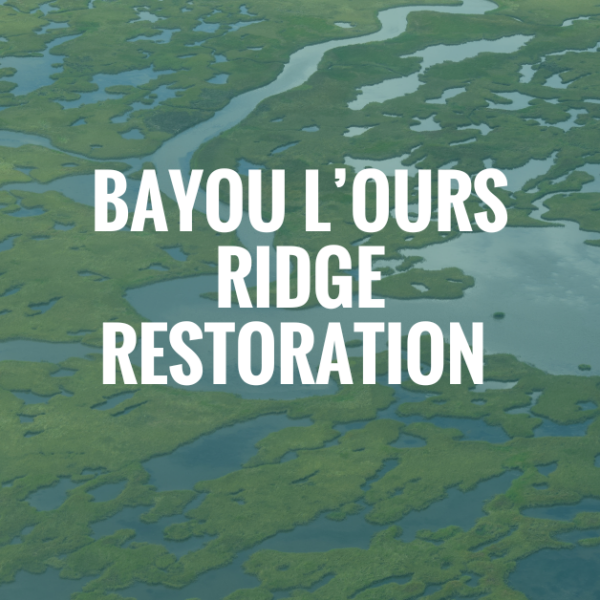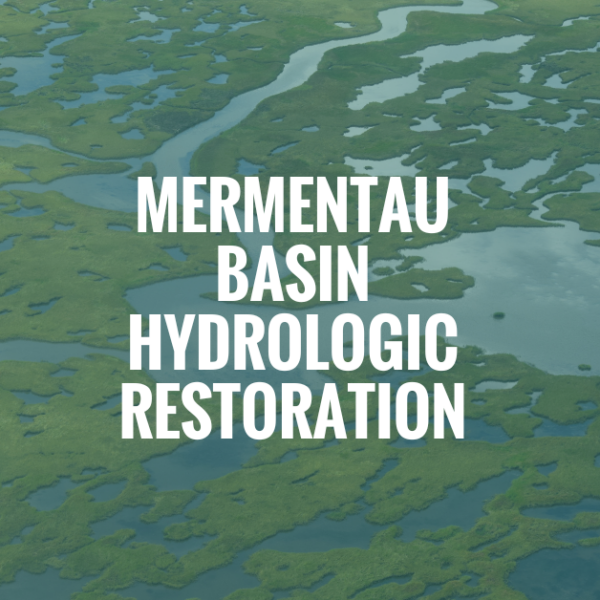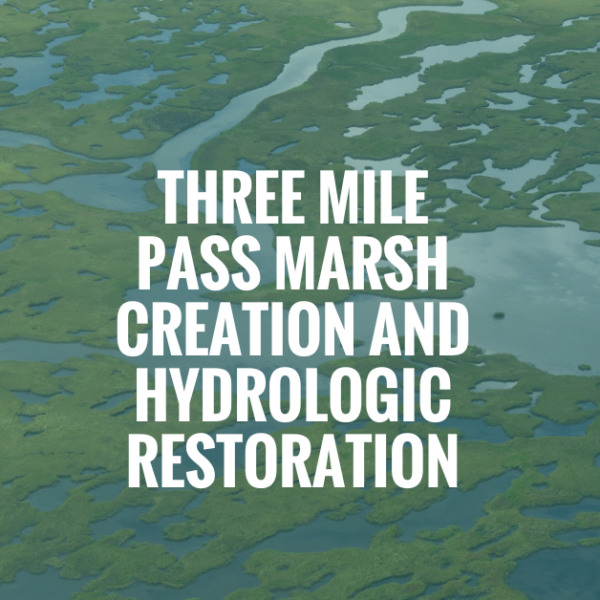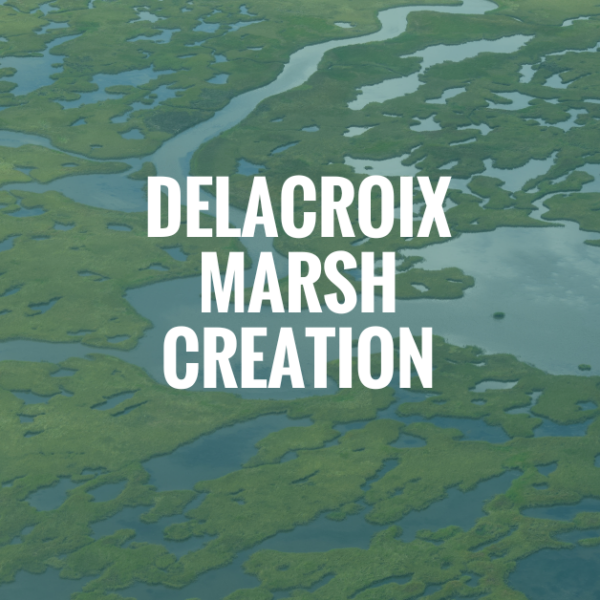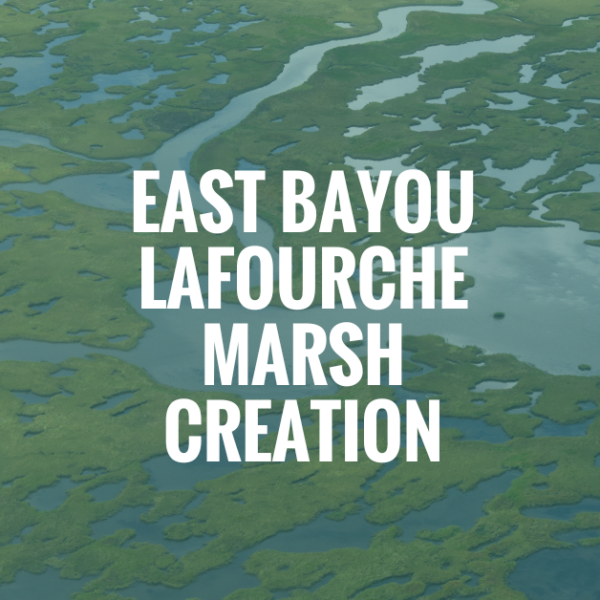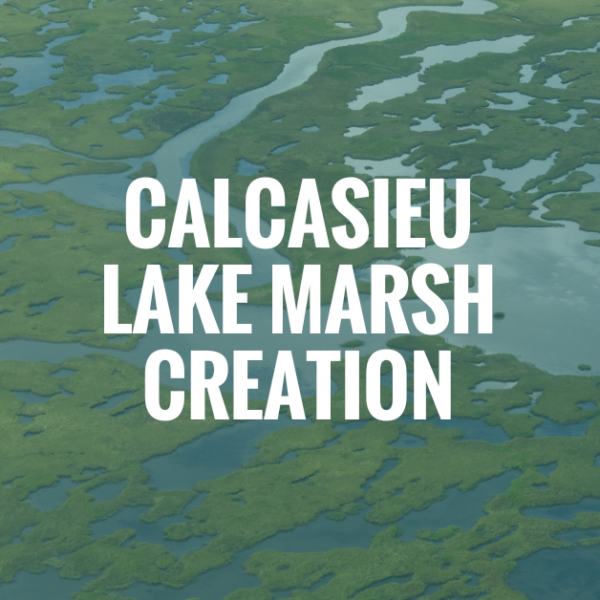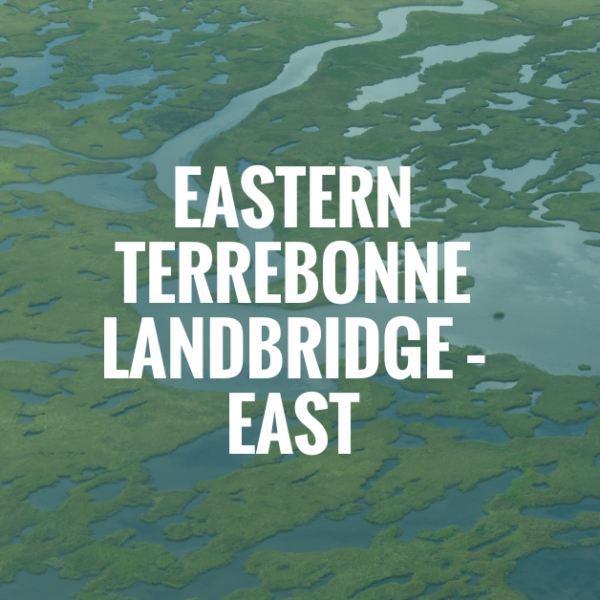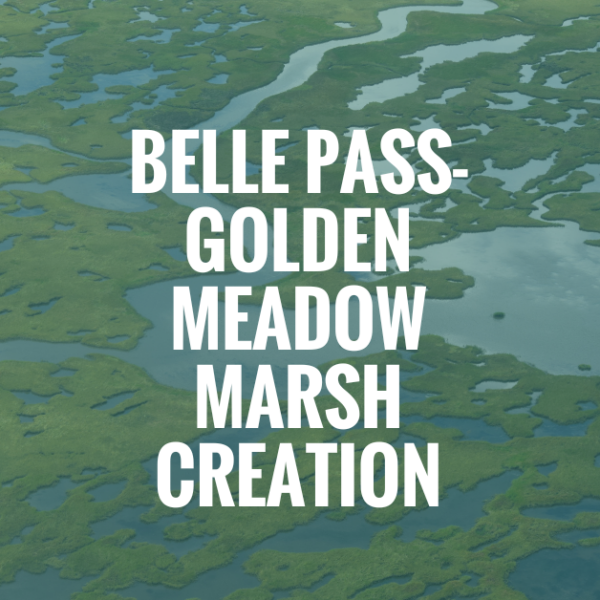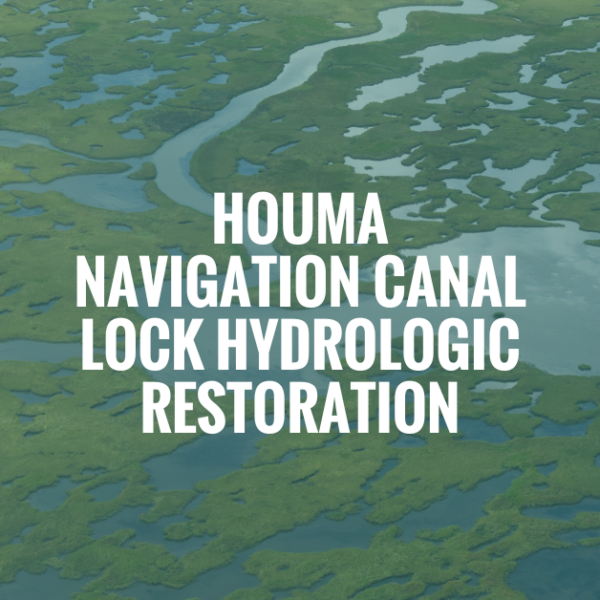Priority
Restoration
Projects
Restore the Mississippi River Delta has identified restoration projects from Louisiana’s coastal program and the 2023 Coastal Master Plan that, if prioritized and implemented quickly, will help restore and maintain as much of Louisiana’s coast as possible to achieve a resilient future for the people, wildlife and industries of this nationally-significant region.
Why It Matters
There are those who have come to believe little can be done to restore what we’ve lost and return us to what once was. For some, it’s an action too small to turn the tide; for others, steps too measured to make everlasting strides; and all with an unfortunate indifference to make a difference at all.
Nevertheless, we are buoyed by what’s before us — to do good for the greater good: action in restoration, mitigation, and resiliency projects, collectively on behalf of Louisiana’s coastal communities, our wildlife and ecosystems, and the families and businesses whose livelihood depends on a nourished, naturally sustained Mississippi River Delta.
The State of Us
The U.S. Geological Survey estimates that Louisiana’s coastal parishes lost more than 2,000 square miles of land between 1932 and 2016, an area larger than Delaware. To understand loss, the dangers of inaction, and the urgency of Louisiana’s coastal crisis, you must first begin to appreciate where we’ve been and from where we’ve come.
7,000 square miles of accumulated sediment over 7,000 years to make one of the largest river deltas in the world. Once a vast expanse of water, estuaries, and verdant vistas, the Mississippi River Delta is not only a geographic force and marvel of Mother Nature, but it stands as the unabridged story of us; a complex tapestry, twisted and tested in the bends and curves that helped shape the course of Louisiana’s rich history.
Lives Connected
Life in the Mississippi River Delta takes resolve. It is a beaten path, treated more like a railway than river, a constant flow of commerce up and down and to the rest of the world, every year burdened by the weight of more than 500 million tons of domestic and foreign cargo, impact of mankind’s intrusion and man-made levees, all at a cost of one football field worth of wetlands every hour.
As one of the greatest conservation issues we face, here, in one of the most beautiful places on Earth, we bear witness to the dramatic, devastating destruction and certain demise of wildlife, work, our way of life, and in places we’re proud to call home.
Future Faces
Without action and advocacy, we stand to lose an additional 3,000 square miles over the next 50 years from New Orleans to Lake Charles, eastward to Mississippi through the Atchafalaya Basin, and a wide berth to the Texas border and onward to the Chenier Plains.
It’s time to face our future. Time to promote effective solutions and a suite of restoration projects and programs, grounded in scientific processes, traditional ecological expertise, and lived experiences. Time for us to make a difference, turn the tides with a purpose-driven passion that underscores the steadfast chase to coastal resilience. And together, we will pursue a just, climate-resilient coast, where people prosper and nature thrives, advancing an equitable, safer coast for our communities, ecosystems, and economies, and to our delta.
Act Together
If you think the Mississippi River Delta’s resurrection and the revival of coastal Louisiana are ambitious endeavors, you’d be right. What we’ve done so far matters: the construction of 60 miles of barrier islands and berms, the refurbishment of 365 miles of levees, and the renewal of 54,903 acres of wetlands, all to fortify the foundation and the lifeblood of the delta.
To that end, we’ve come together in action to execute 18 priority projects to carry our vision and values forward, a united orchestration of strategies in five basins to maximize coastal restoration and advance priorities benefiting the entire ecosystem. Programs that can be a catalyst for the rebirth of coastal communities paramount to the long-term sustainability of the collective future of the Mississippi River Delta and its wellbeing for years to come.
Explore the Basin
- Sort by
- A - Z
- Date: Started
- Date: Completed
- 5
- 10
- All
